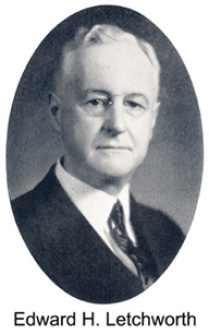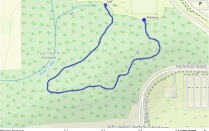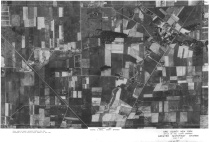History of Letchworth
While the Teaching Forest is used by many groups, classes, and nature-lovers, they may not know the interesting history of the land, or the man whose name it bears.
History of the Forest
The unique history of the Letchworth Teaching Forest predates the construction of North Campus. The University at Buffalo's North Campus was originally a 2,000-acre plot of both farmland and residential areas located in the center of Amherst, NY. The construction of the campus began in the late 1960’s and is still being added onto today. The woods were present when UB purchased the lands as photo records indicate a fully grown forest in the 1950’s. One of the distinctive features of this forest are the old stone structures found along the trail, which some faculty members theorize functioned as farm housing.
The forest is named after Edward H. Letchworth (1881–1958), the great-great nephew of Mr. William Pryor Letchworth famously known for Letchworth State Park. Edward H. Letchworth was an active member of the Buffalo community and an avid environmentalist. He was also the creator of The Buffalo Foundation, aimed to support the needs of the community. Perhaps one of his most notable accomplishments was overseeing the construction of Kleinhans Music Hall. His foundation also gifted their first endowment to the University at Buffalo, which created numerous scholarships for graduates of the Buffalo Seminary.
Despite offering an outdoor getaway from the city and campus, the woods were not intended to stay as indicated in the original campus plans. The University has since included this forest into our curriculum for many of the environmental and ecological topics taught.

Edward H. Letchworth, Courtesy Buffalo Philharmonic Orchestra
Historical Photos
1950's aerial photo of Amherst, NY. Courtesy Erie County Archives
1920's aerial photo of Amherst, NY. Courtesy Erie County Archives

Letchworth Teaching Forest blue trail

